

Engage prospects with a scan and streamline customer engagement with FREE QR code marketing tools by Sona – no strings attached!
Create a Free QR CodeFree consultation

No commitment

Engage prospects with a scan and streamline customer engagement with FREE QR code marketing tools by Sona – no strings attached!
Create a Free QR CodeFree consultation

No commitment
In today's digitally driven world, QR codes have transformed from a novelty into a strategic asset, bridging offline engagement with online action. For air cargo companies, QR codes provide a seamless, scalable method to streamline inventory tracking, enhance shipment visibility, and eliminate workflow inefficiencies. The demand for real-time insights and error-proof processes is more pressing than ever as air freight logistics strive to keep pace with the exponential growth of e-commerce and international air cargo routes.
Traditional cargo tracking methods, such as manual entry, paper forms, or basic barcode systems, often struggle to manage the complexity and volume that modern air cargo companies encounter. These outdated processes can result in missed updates, lost assets, and costly errors. Problems like overlooked high-value shipments, unanticipated delays, and the absence of real-time visibility into inventory flows can severely compromise your service quality.
By implementing QR codes for inventory management, forward-thinking air cargo companies are transforming their operations for improved efficiency and transparency. Modern solutions enable every action and interaction with cargo to be logged digitally, reducing the risks associated with incomplete or outdated data. With customizable QR systems, you can synchronize offline activities with digital records, surface buying signals, and detect service delays in real time, addressing issues before they impact your business.
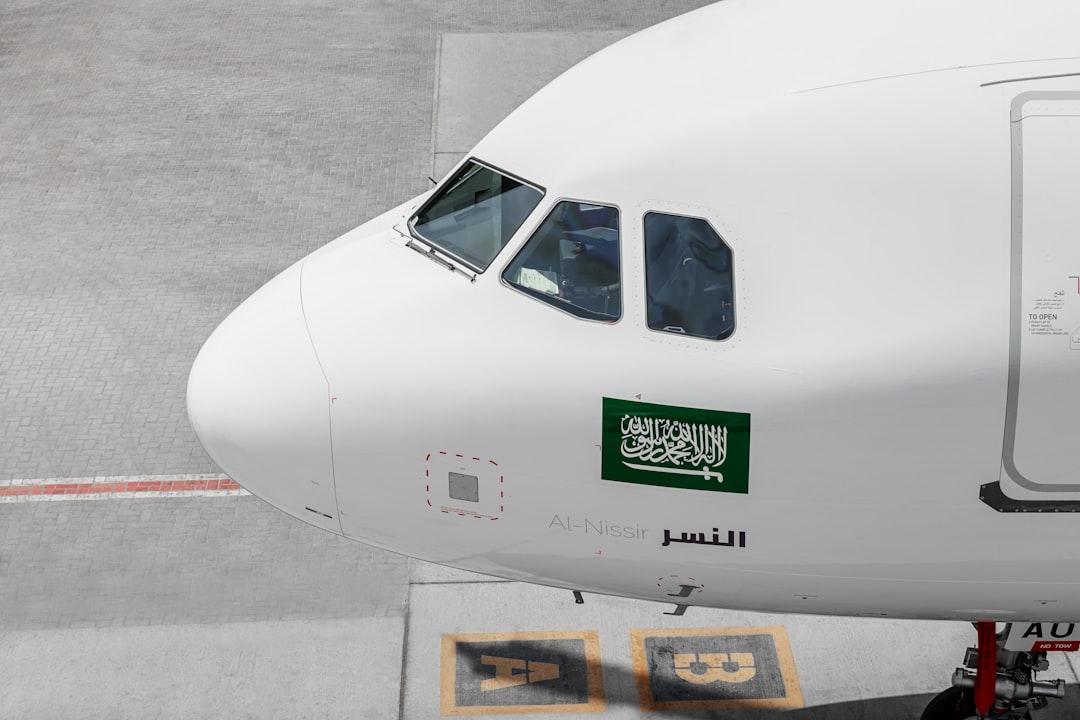
QR codes bridge the gap between physical touchpoints and digital outcomes, making it easier for air cargo companies to achieve continuous inventory visibility, faster reconciliation, and real-time accountability. In environments where shipments move quickly across zones like airside yards, bonded warehouses, and customs checkpoints, a scan-first workflow removes ambiguity and closes the loop on every handoff.
Many organizations remain stuck with manual logs and incomplete records, increasing the risk of assets going untracked or lost between handoffs. Paper-based airway bills, static barcode labels, and siloed spreadsheets cannot keep pace with complex routing, multi-party handling, and dynamic changes such as rerouting or temperature-controlled exceptions. QR codes tie every event to a digital record that updates instantly and is accessible to the right team members.
Here is how to do it effectively:
For example, replacing printed packing lists with QR-coded digital labels minimizes handoff confusion and accelerates customs clearance. Digital waybills accessed via QR keep every stakeholder working from the same source of truth. Automated QR platforms enable instant data enrichment and ERP or CRM synchronization, ensuring no shipment or high-value opportunity is missed.

Air cargo leaders face pressure to deliver fast, transparent, and cost-effective logistics amid growing complexity. Persistent challenges include missing crucial cargo events, limited visibility into shipment interactions across handlers and zones, and manual tracking that fails to update in real time. QR codes inject speed, traceability, and accountability into workflows that span multiple teams and jurisdictions.
Beyond operational gains, QR codes reduce the friction between offline logistics and digital systems. Every physical move can become a data point tied to a shipment ID, AWB, or order number. This shift allows operations managers to run exception-based workflows, automate alerts, and secure comprehensive audit trails for compliance and performance reporting.
Migrating to QR-enhanced waybills, container seals, and ramp checklists improves compliance tracking while eliminating unknown or anonymous touchpoints. You gain end-to-end visibility that is hard to achieve with traditional analog methods.
Inventory and workflow complexity in air cargo demands flexible QR formats that support authentication, communication, and documentation. Selecting the right format ensures the correct action triggers every time, reducing errors and standardizing process compliance across hubs and partners.
Dynamic QR codes are especially powerful for air cargo since they enable real-time updates. When a shipment is rerouted, regulations change, or an exception arises, the code can point users to the most current instructions or documents without the need to print new materials. This saves time, reduces waste, and keeps your teams aligned.
With Sona QR, you can generate all of these formats, manage destinations centrally, and update content on demand. The platform gives air cargo teams the flexibility to tailor each format to the context, from ramp-side checklists to customer-facing status updates.
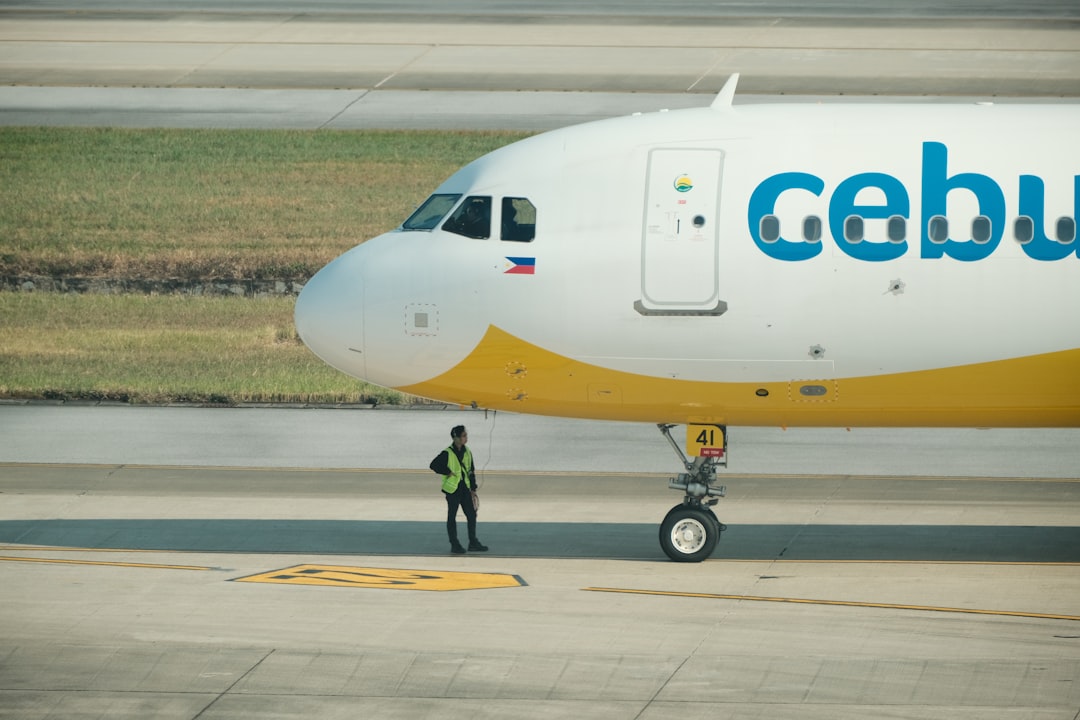
Gaps in asset visibility, slow data handoffs, and support backlogs add hidden costs for air cargo teams. QR codes help close these gaps and unlock both operational savings and new revenue, since they embed trackability and customer engagement into every process point.
Look for placements where your staff and partners already interact with shipments, equipment, and paperwork. If a printed document sits on a clipboard, or a label is frequently referenced during handoffs, it is a prime candidate for a QR upgrade. Prioritize areas where prior technology investments have struggled to deliver consistent adoption or timely updates.
Placing QR codes in these locations delivers quick wins. You tighten control over your assets, reduce support friction, and create measurable, repeatable processes that scale across stations and partners.

Operational delays, missing paperwork, and support gaps are common challenges in air cargo. QR code deployment targets these pain points with practical use cases that streamline workflows, improve customer experience, and increase data integrity across the network.
The most effective deployments are highly specific. Tie each code to a single action that moves the process forward, then measure how well it performs. Over time, expand to adjacent steps and link data across your systems to create a closed feedback loop.
This level of granularity supports data-driven decision-making. It also reduces risks tied to analog methods, like misrouted freight or unlogged handoffs, by turning each action into a verifiable digital event.
Anonymous scan data and disconnected insights limit the effectiveness of intent-driven retargeting. QR codes solve this by capturing intent, context, and behavior at the moment of engagement. For air cargo companies, this means you can distinguish between shippers seeking quotes, partners requesting schedules, or customers tracking deliveries, then tailor follow-up in a relevant way.
Use distinct QR codes across your collateral and operational touchpoints. Every scan becomes a signal that feeds a segment in your CRM. When integrated with platforms like Sona QR and Sona, an AI-powered marketing platform that turns first-party data into revenue through automated attribution, data activation, and workflow orchestration, you can automate follow-up sequences, trigger sales alerts, and sync behavior-based audiences to ad platforms.
For air cargo, valuable distinctions might include shippers needing express capacity versus deferred service, forwarders looking for special handling, or e-commerce brands comparing lanes. These differences guide the content, timing, and channel of your retargeting.
Disconnected operations and marketing workflows lead to missed opportunities. QR codes unify these channels by connecting physical and digital interactions and making engagement measurable. When a prospect scans a code on a brochure or a display at a logistics hub, you capture data, offline attribution, and trigger appropriate next steps.
Air cargo companies use a mix of field sales, partner enablement, and event marketing. QR codes strengthen each of these channels. They reduce friction, route prospects to the right action, and reveal which assets and placements deliver the highest return on spend.
In this mix, QR codes serve as the offline onramp to your digital engine. With a centralized platform like Sona QR, you can manage codes, monitor performance, and sync scan data to your CRM and ad platforms for real-time attribution and optimization.
Deploying QR codes successfully requires clear goals, smart design, and disciplined measurement. Treat your first deployments as experiments with tight feedback loops. Start with a specific use case, then scale across additional stations and flows once you see impact.
Below is a checklist tailored to air cargo teams. Use it to plan, launch, and improve campaigns that touch operations, customer experience, and revenue growth.
Begin with a concrete operational or commercial objective. For example, reduce ramp check-in time by digitizing ULD intake, or increase quote requests from trade show traffic by adding meeting booking links to printed handouts. The narrower the scope, the faster you will see results and learn what to optimize.
Gather stakeholders who will touch the process, such as station managers, warehouse leads, and sales. Map the current workflow and identify where QR-triggered actions will replace manual steps. Confirm desired outcomes, like error rate reduction, faster reconciliation, or increased conversion.
Choose between static and dynamic codes. Static codes point to fixed destinations like a PDF of a SOP. Dynamic codes point to URLs you can update, collect analytics, and support retargeting. For air cargo use cases with changing routes, documentation, or promotions, dynamic codes provide future flexibility and richer data.
Consider the action you want the scanner to take. If it is crucial to track scan metadata or rotate destinations by shift, dynamic codes are essential. If you are sharing a long-lived training video, static is often sufficient.
Start creating QR codes for free.
Design for the environment where scanning will happen. Labels on pallets need high-contrast colors, quiet zones, and protective laminates. Signage in warehouses should have large codes with short, benefit-driven calls to action like Scan to log pallet handoff or Scan to update AWB status.
Testing is non-negotiable. Validate scannability across devices, distances, angles, and lighting. Simulate real conditions like cold chain condensation, outdoor glare on the ramp, or scanner gloves that impact grip and aim.
Roll out your codes where they will drive meaningful behavior. For operations, that means labels on ULDs, pallet corners, dock doors, staging racks, and waybills. For sales and marketing, use trade show banners, brochures, and direct mail. Keep placements consistent so staff learn exactly where to scan during handoffs.
Prepare a simple training guide that shows staff what to scan and when. Include screenshots of what they should see after scanning and the data they must confirm. Reinforce during standups and station meetings to build muscle memory.
Launch with a measurement plan. Use Sona QR to track scans by time, device, location, and source. Monitor conversion behavior and drop-off points, such as incomplete forms or unviewed documents. Create dashboards by station and route to benchmark performance and spot outliers.
Iterate quickly. A/B test code design, CTA language, and landing pages. Adjust placement height, label size, or protective materials if scannability drops. Share wins and lessons across stations to standardize best practices.
Counting scans alone gives an incomplete picture. Air cargo companies need to link scans to operational outcomes like faster reconciliation or fewer exceptions, and to commercial outcomes like more quotes, meetings, and booked lanes. This is where analytics and attribution turn QR codes from a convenience into a performance engine.
With comprehensive QR tracking and identity resolution, you can map the complete journey. A scan on a trade show brochure can lead to a meeting request, a pricing discussion, and a booked service. On the operations side, a scan on a ULD tag can tie to an on-time departure, SLA compliance, and customer satisfaction.
Sona QR captures real-world engagement. Sona.com turns that engagement into actionable insights, helping you link scans to the metrics that matter and make QR codes a core component of your performance strategy.
Many teams plateau after early wins because they treat QR codes as static links instead of dynamic system components. To maximize value, treat every code as a data-rich trigger that drives a specific action, then enrich your playbook based on what you learn.
Focus on the media and moments that matter most in air cargo: intake and release, ramp-side checklists, customs documentation, and customer communication. Build consistent habits around scanning, coaching, and reporting so your gains compound over time.
Creative examples include QR codes on invoices to accelerate repeat bookings, QR codes on container seals to log integrity checks, and QR-enabled satisfaction surveys on delivery documents to collect feedback at the perfect moment.

Seeing what others have accomplished makes it easier to plan your own rollout. The most successful implementations use dynamic codes, tight integrations, and strong training to deliver measurable gains quickly.
Even small changes create outsized value. When the right data arrives at the right time, teams can pivot without friction and customers receive updates without waiting on support.
Borrow ideas like route-specific QR codes to identify high-demand lanes, or codes on shift boards that launch daily SOPs for quick refresher training.
Experts agree that QR systems deliver the best results when they are dynamic, integrated, and championed by frontline teams. The technology is simple, yet the discipline of consistent use and feedback loops is what unlocks compounding returns.
Common pitfalls include treating QR codes as set-and-forget links, failing to design for the environment, and skipping staff engagement. Avoid these mistakes and you will see faster adoption and clearer attribution from day one.
Smart adoption of QR codes allows air cargo companies to outpace competitors, enhance market share, and exceed client expectations for speed, transparency, and innovation. By turning every asset and customer touchpoint into a digital data channel, you not only solve deep-rooted operational challenges but also open the door to measurable growth and loyalty. If you are ready to get started, generate and track your first QR codes with Sona QR, connect scans to outcomes with Sona.com, and turn every scan across your air cargo network into a moment of progress.
QR codes have revolutionized the air cargo industry by transforming inventory tracking from a manual, error-prone task into a seamless, real-time process. Beyond improving accuracy and efficiency, QR codes empower air cargo companies to optimize operations, reduce delays, and enhance supply chain visibility. Imagine instantly knowing the precise location and status of every shipment—eliminating guesswork and ensuring timely deliveries.
With Sona QR, you can create dynamic, trackable QR codes that update instantly without the need to reprint labels, connecting every scan to actionable data that drives smarter inventory management and operational decisions. This technology not only streamlines workflows but also supports better client communication and service reliability.
Start for free with Sona QR today and take the first step toward transforming your air cargo operations into a responsive, data-driven powerhouse.
Air cargo companies offer fast, transparent, and cost-effective logistics that keep pace with growing e-commerce and international routes while ensuring shipment visibility and operational efficiency.
Air cargo companies use QR codes to streamline inventory tracking, enhance shipment visibility, eliminate workflow inefficiencies, enable real-time updates, automate alerts, and secure audit trails across multiple teams and checkpoints.
Key factors include the company’s ability to provide real-time shipment visibility, efficient inventory management, integration of digital tracking like QR codes, security measures, compliance capabilities, and responsiveness to operational and customer needs.
They ensure safety by using durable, tamper-evident QR code labels on high-value or sensitive shipments, maintaining comprehensive digital audit trails, enabling real-time tracking at every handoff, and enforcing SLA adherence across stations and vendors.
Latest trends include the adoption of dynamic QR codes for real-time updates, integration of QR tracking with CRM and ERP systems, AI-powered marketing automation based on scan data, and the use of QR codes for customer self-service, operational analytics, and multi-channel marketing.
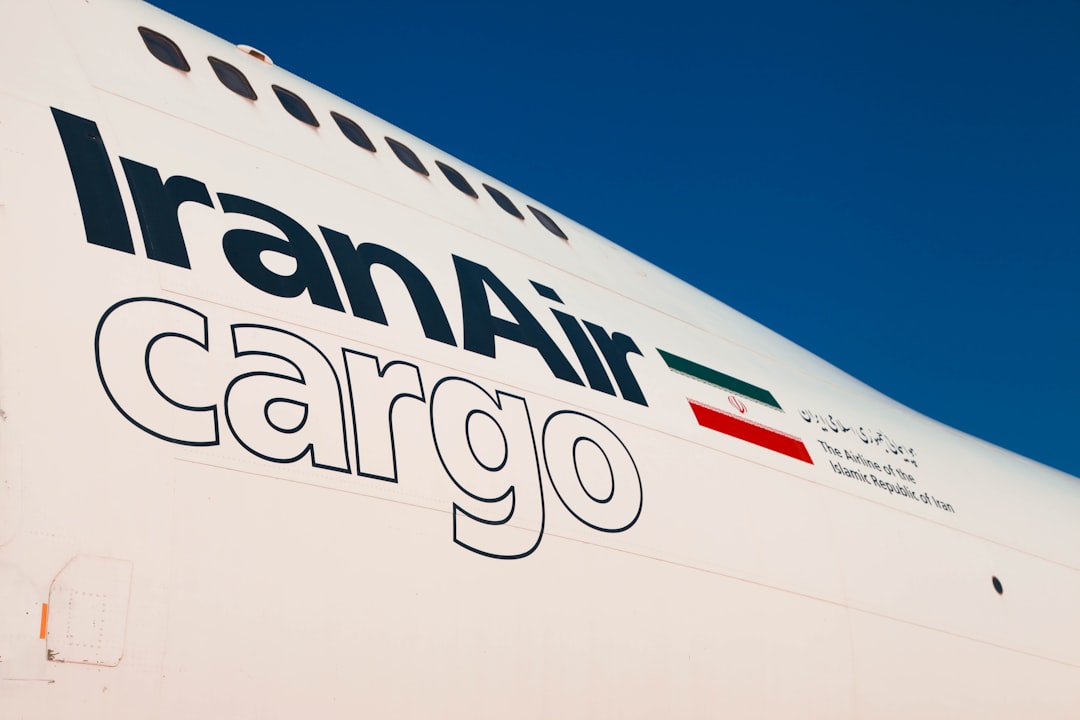
Air cargo companies are under increasing pressure to enhance operational efficiency, track shipments accurately, and deliver transparent, rapid services tailored to global shipping demands. Customers, from e-commerce platforms to major manufacturers, demand more than timely deliveries; they expect flawlessly tracked, error-free movements of high-value goods. Yet, reliance on legacy processes like manual paperwork and disconnected inventory tools has led to pervasive industry issues: misplaced cargo, unknown inventory status, missed revenue opportunities, and lagging customer confidence.
A major source of these challenges is the gap between physical cargo handling and real-time digital oversight. When key assets move untracked or unidentified, air cargo companies risk letting high-value prospects slip through the cracks or failing to act on signals that could prevent costly errors. QR codes have emerged as a practical tool to bridge offline actions with digital recordkeeping, enabling granular tracking, fast data capture, and actionable insights at every supply chain touchpoint, as shown in airport QR innovation.
By modernizing with QR code technology, air cargo operations can replace cumbersome document-based workflows and static labels with secure, live-updating information streams. This shift empowers teams to reduce losses from unnoticed deals or untracked assets, bring unknown site activity into the open, and surface engagement signals that otherwise drive churn or missed upsells. As a result, the entire value chain, from warehouse operations to customer communication and compliance efforts, can achieve new levels of visibility, accountability, and success.

Stalled inventory updates, unidentified shipments, and manual data logging frequently slow down air cargo operations and open the door to costly mistakes. When shipments pass through multiple hands or locations without digital documentation, high-value cargo can be lost, and valuable engagement signals disappear. QR codes facilitate the instant transfer of critical information from the warehouse floor to cloud-based tracking systems, keeping every asset visible and every workflow accountable.
To achieve real-time tracking, focus on the moments when paper processes and siloed tools tend to fail. Replace printed manifests and clipboard checklists with QR-enabled workflows on mobile devices. Transform air waybills, handling instructions, and cargo labels into gateways that feed live data into your TMS, WMS, and CRM. The goal is to make every asset scan produce an immediate, useful update that anyone with permission can see.
For instance, operations that previously struggled to reconnect with missed or untracked shipments have achieved measurable gains by using solutions that automate QR code generation, scan tracking, and live integration with CRM or TMS platforms. When scan events automatically open a case in your CRM or mark a shipment as “received” in your WMS, visibility improves and opportunities for proactive service increase. Sona QR supports this transformation end to end with dynamic code generation, role-based analytics, and integrations that connect scan data to your core systems.

The complexity of modern air cargo logistics creates unique challenges in maintaining visibility across assets, processes, and commercial engagement. Each shipment interacts with multiple facilities, partners, and systems. If a single handoff is not captured, the next team may be flying blind. QR codes help eliminate these blind spots by converting physical touchpoints into digital events that update systems and trigger action.
QR technology matters because it reduces the friction between what people do on the warehouse floor and what your systems record in the cloud. A scan is faster than a paper note, more reliable than a manual spreadsheet, and more flexible than a static barcode. When you can update a QR code destination or instructions without reprinting labels, you gain the agility necessary to handle disruptions, regulatory changes, and route diversions.
Air cargo operators manage multiple forms, certifications, and asset types. One-size-fits-all identifiers rarely suffice because information needs vary by audience and moment. Different QR formats let you match the scanner’s intent with the right destination and action, which increases adoption and reduces rework.
Most logistics tasks are time-bound and context-rich. A handler scanning a pallet in a cold chain facility needs quick intake confirmation and temperature thresholds. A customs broker scanning a document needs certificates and harmonized codes. Selecting the right QR format and destination for each moment ensures each scan leads to progress rather than back-and-forth emails.
Dynamic codes managed in a central platform like Sona QR let you update destinations post-deployment, segment codes by asset type or lane, and enforce governance so orphaned or outdated codes do not linger in your operation.
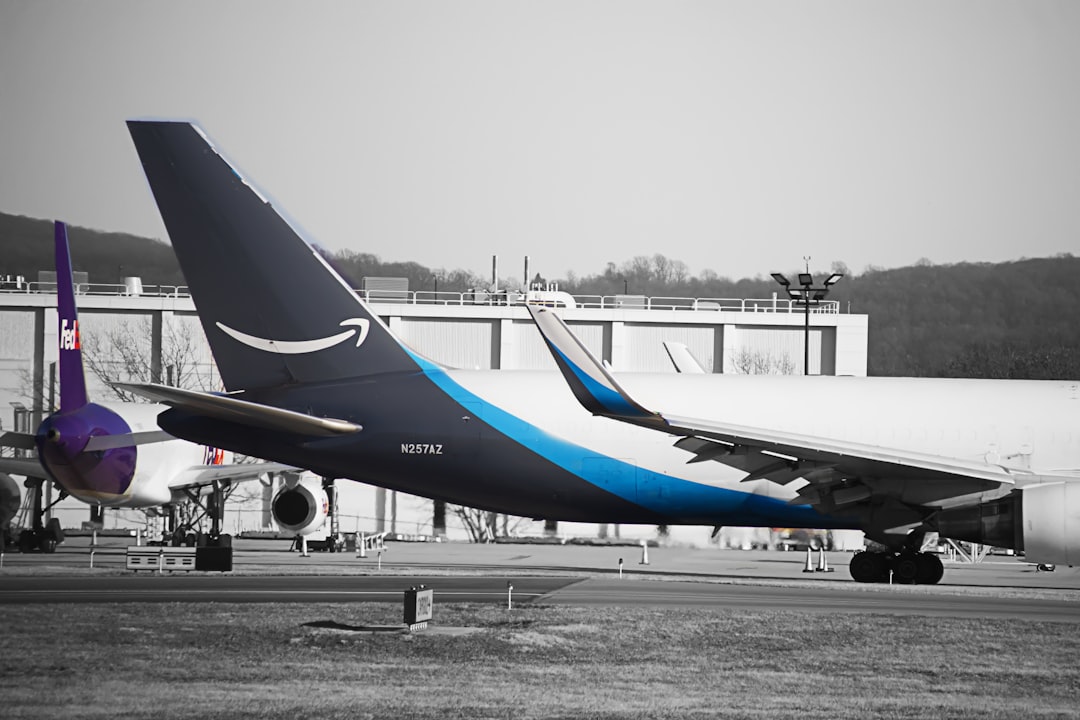
Every handoff, doorway, and document is an opportunity either to lose visibility or to create value. Growth in air cargo often comes from tightening operational discipline and transforming anonymous activity into measurable engagement. The places you most often see delays or inconsistencies are usually where a strategically placed QR code can flip a bottleneck into a signal-rich moment.
Start with a scan audit. Walk through the lifecycle of a shipment and mark each physical touchpoint where a scan could replace an analog step. Then quantify the risk associated with each gap. If claims often originate from a specific dock or shift, instrument those locations first. If certain customers request status updates by phone, give them QR-driven self-serve options in your printed confirmations and invoices to reduce calls while increasing satisfaction.
Optimizing QR placement at these friction points replaces isolated processes with connected data flows. As consistency improves, accounts and shipments are less likely to be neglected, and teams can reallocate time from manual chasing to proactive customer care and sales support.
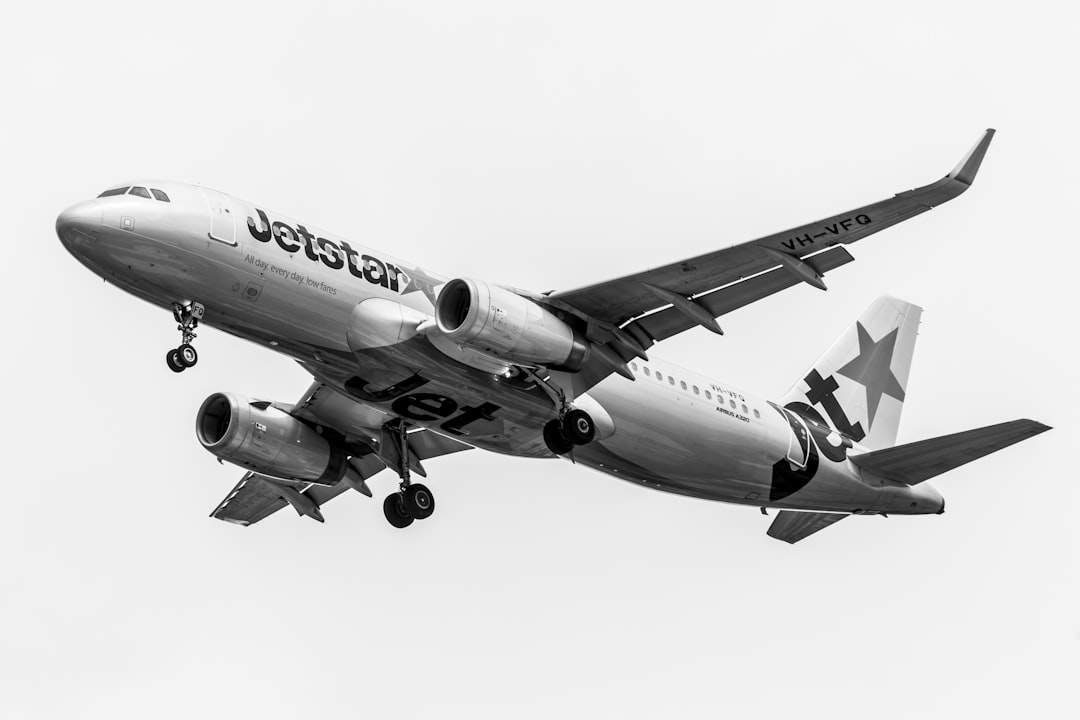
Air cargo teams benefit most from use cases that convert routine touches into data-backed actions. Rather than treat QR codes as a novelty, treat them as compact workflow engines that capture context and route information to the right people and systems in real time.
Below are three high-impact applications that align with common operational and customer interactions. Each one strengthens traceability, reduces waste, and creates a better service experience. For more, see Sona QR use cases.
Organizations often see reductions in incident resolution time and improvements in on-time performance when these use cases are fully deployed. While exact performance gains vary, teams frequently report double-digit percentage improvements in scan completion rates and measurable drops in unlocated cargo.
Each QR scan is a high-intent signal. In air cargo, the scanner might be a shipper tracking a time-sensitive load, a freight forwarder exploring a new lane, a customs broker verifying documents, or a consignee confirming receipt. By tagging scans with context such as asset type, location, and purpose, you can build segmented audiences that drive more relevant follow-ups and commercial conversations. For strategy depth, see Sona’s Essential Guide to Intent Data.
Start by mapping your stakeholder groups: enterprise shippers, freight forwarding partners, ground handlers, airline station teams, customs brokers, and direct end customers. Then plan a scan taxonomy that assigns different codes or parameters to each journey stage and use case. The goal is to make your audience lists self-organize from real-world behavior rather than assumptions.
With Sona QR, each code becomes a smart entry point that enriches contact records, triggers workflows, and populates remarketing audiences. For example, a series of scans on pharma shipments could enroll that account in a cold chain reliability campaign with targeted content on temperature compliance and contingency planning.
Disconnected touchpoints and unclear messaging make it hard for air cargo customers to navigate a complex service set. QR codes unify your physical presence with your digital content, ensuring that every brochure, badge, or sign leads to a clear next step. Better yet, each scan generates behavioral data you can use to refine your strategy and invest where it performs.
Think of QR codes as the offline onramp to your digital marketing and service engine. Whether your audience is a procurement team at a trade show or a consignee receiving a pallet at 2 a.m., the scan should remove friction and deliver value immediately. Over time, aggregated scan data reveals which messages, channels, and locations matter most.
With a platform like Sona QR, you can centralize management across channels, monitor performance in real time, and sync scan data to your CRM. This unified view helps you eliminate redundant campaigns, standardize messaging, and double down on the formats and placements that drive results.
QR campaigns succeed when they align a clear business goal with the right QR type, strong design, disciplined deployment, and continuous optimization. Treat each QR as a micro-product with an owner, a purpose, and a measurable outcome.
Use the following steps to plan, launch, and iterate campaigns that deliver operational and commercial value. Revisit the checklist as your environments and customer expectations change.
Clarify what you need the scan to accomplish. For operations, that might be proof of receipt, incident reporting, or compliance verification. For sales and marketing, it might be a request for proposal, a case study download, or a callback request for a new service lane.
Match the code type to your needs. Static codes are suitable for fixed destinations like a PDF of facility maps. Dynamic codes work best when you need editability, tracking, and granular attribution without reprinting.
Design influences scan rates. Visible edges, sufficient contrast, adequate size, and a clear call to action all matter. Branded frames and icons can increase trust, while placement and lighting conditions influence scannability.
Roll out codes where they can reduce friction at scale. Start with the top bottlenecks in your operation and the most visible customer touchpoints.
Launch with analytics in place. Review scan volumes, completion rates, and conversion events weekly, then improve destinations and calls to action based on findings.
When each step is executed with discipline, QR codes evolve from one-off utilities into a sustained capability. The result is fewer surprises, faster response times, and better alignment between your field operations and your data.
Connecting offline cargo events to digital systems is essential for operational control and commercial success. A scan is not just a confirmation; it is a data point that can inform workload planning, detect bottlenecks, and even forecast customer intent. Without structured analytics, you risk capturing activity but missing insight.
Set benchmarks that align with your environment. For example, you might target a scan completion rate at intake above 95 percent, near real-time updates in under two minutes, and a measurable reduction in manual reconciliation time across shifts. Then review performance by station, route, and customer to identify outliers and prioritize coaching or process changes.
Sona QR captures detailed scan data by channel and context, while Sona.com helps you connect this engagement to pipeline and revenue through identity resolution and multi-touch attribution models. By unifying touchpoints, you can move beyond “who scanned” to “what business result did the scan influence.”
Scaling QR success is about consistency, clarity, and continuous training. The more predictable your scan experiences and the more directly they address user needs, the higher your adoption and data quality. Establish governance to retire stale codes, standardize code frames and CTAs, and set review cadences with station leads.
Choose tips that fit your media mix and workflow realities. If your teams rely heavily on printed manifests and dock signage, invest in design and placement. If your customers prefer SMS alerts, make sure scan results can trigger text updates and follow-up actions automatically. To support messaging workflows, explore QR for SMS.
Practical deployment insight: Add QR codes to export documentation to increase client confirmation rates for paperwork accuracy before cut-off times. Attach QR-enabled maintenance tags to ground service equipment so technicians can report issues and pull repair history on the spot, which shortens downtime and enhances safety.

Seeing how peers apply QR codes can spark ideas that fit your context. The most effective programs keep designs simple, embed QR in familiar workflows, and use dynamic destinations to adapt to changes without reprinting.
Consider starting with pilot programs in two to three stations that represent different cargo profiles. Gather feedback from handlers, supervisors, and customers. Iterate on design and placement, then scale to additional lanes once metrics improve.
These applications show how QR deployments reduce unknowns, accelerate issue resolution, and make it easier for teams to deliver consistent, high-quality service. For broader inspiration, explore more QR marketing examples.
Building a resilient QR program requires attention to small details that affect everyday usability. Placement, lighting, material, and training all influence scan rates and data hygiene. Think like the end user: can they see it, reach it, and understand what they get when they scan?
Set a recurring audit schedule. Rotate through stations to verify scannability under real conditions and to confirm that dynamic destinations remain valid. Review analytics for anomalies that may indicate damaged labels, poor placement, or training gaps.
Common pitfalls include placing codes in hard-to-reach or curved areas, using low-contrast printing that cameras struggle to read, printing codes too small for the scan distance, or failing to update dynamic content during operational changes. Any of these issues can undermine trust and reduce the value of your program.
QR code adoption marks a shift from reactive to proactive air cargo management. By capturing each asset movement and touchpoint engagement digitally, companies reduce disruption from unnoticed delays, lost opportunities, and anonymous operational actions. The simplicity of scanning on the warehouse floor belies the strategic impact of having cleaner data, faster feedback loops, and better customer communication.
When air cargo firms tackle inventory blind spots, untracked engagement, and disconnected messaging with QR-enabled workflows, they create new levers for continuous improvement and competitive differentiation. Combined with automated data enrichment and coordinated multi-channel strategies, QR codes help teams drive operational resilience, revenue growth, and lasting customer satisfaction.
In a market shaped by tight capacity, evolving regulations, and heightened expectations, air cargo organizations cannot afford the gaps created by missing data or inefficient handoffs. Deploying QR codes across documents, assets, and client touchpoints addresses pressing pain points like unidentified inventory, unclaimed engagement, and costly delays. This approach also provides the analytical foundation needed to prove impact and allocate resources effectively.
Sona QR gives you the tools to generate, govern, and analyze QR codes at scale, while Sona.com connects scan events to pipeline and revenue so your teams can see what works and why. If you are ready to turn every physical surface into a digital entry point and every moment of interest into a moment of action, Start creating QR codes for free and start building a more visible, accountable air cargo operation.
QR codes have revolutionized the air cargo industry by transforming inventory tracking from a manual, error-prone task into a seamless, real-time process. By integrating QR codes, air cargo companies can not only enhance operational efficiency but also deliver greater transparency and accuracy throughout the supply chain. Imagine instantly knowing the exact location and status of every shipment, reducing delays, and improving customer satisfaction with up-to-the-minute updates.
With Sona QR, air cargo companies gain access to dynamic, trackable QR codes that can be updated on the fly without costly reprints. This technology connects every scan directly to actionable insights, helping you streamline inventory management, reduce losses, and optimize logistics. Start for free with Sona QR today and turn your inventory tracking into a powerful tool for operational excellence and competitive advantage.
Air cargo companies offer rapid, transparent shipping services with accurate tracking, operational efficiency, and tailored solutions for global demands, helping reduce lost cargo and improve customer confidence.
Air cargo companies use QR codes to enable real-time shipment tracking, replace manual paperwork, automate check-ins, provide dynamic content updates, and integrate scan data into management systems for better visibility and faster issue resolution.
Key factors include the company’s ability to provide real-time tracking, operational efficiency, compliance with regulations, use of technology like QR codes for transparency, and a strong record of handling high-value or time-sensitive shipments securely.
They ensure safety and security by using QR codes to track every asset movement, automate incident reporting, maintain up-to-date regulatory documentation, conduct regular audits of code placements, and train staff on proper scanning and handling procedures.
Latest trends include the adoption of QR code technology for live, dynamic tracking and workflow automation, integration of scan data with CRM and TMS platforms, use of analytics to optimize operations, and multi-channel marketing strategies leveraging QR codes.
Use Sona QR's trackable codes to improve customer acquisition and engagement today.
Create Your FREE Trackable QR Code in SecondsJoin results-focused teams combining Sona Platform automation with advanced Google Ads strategies to scale lead generation

Connect your existing CRM

Free Account Enrichment

No setup fees
No commitment required

Free consultation

Get a custom Google Ads roadmap for your business






Launch campaigns that generate qualified leads in 30 days or less.
